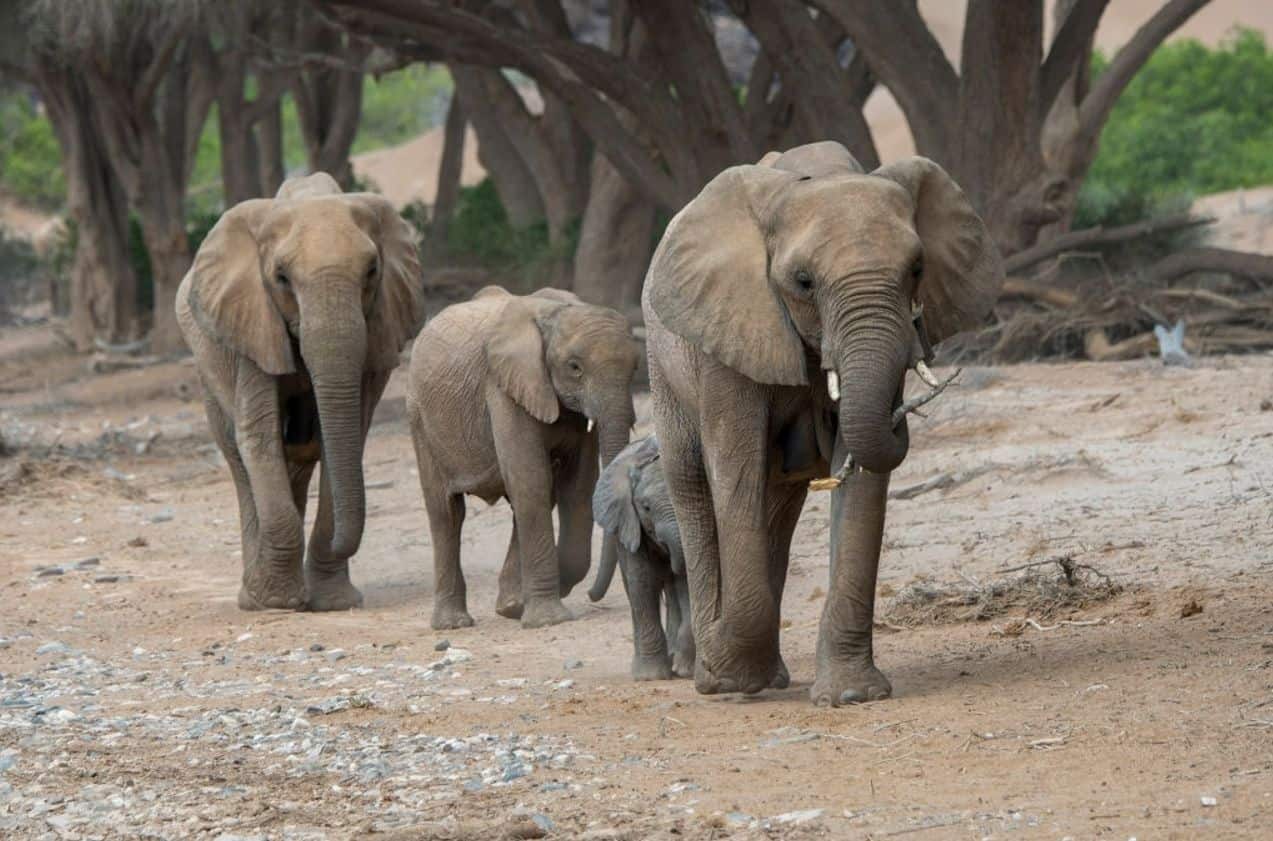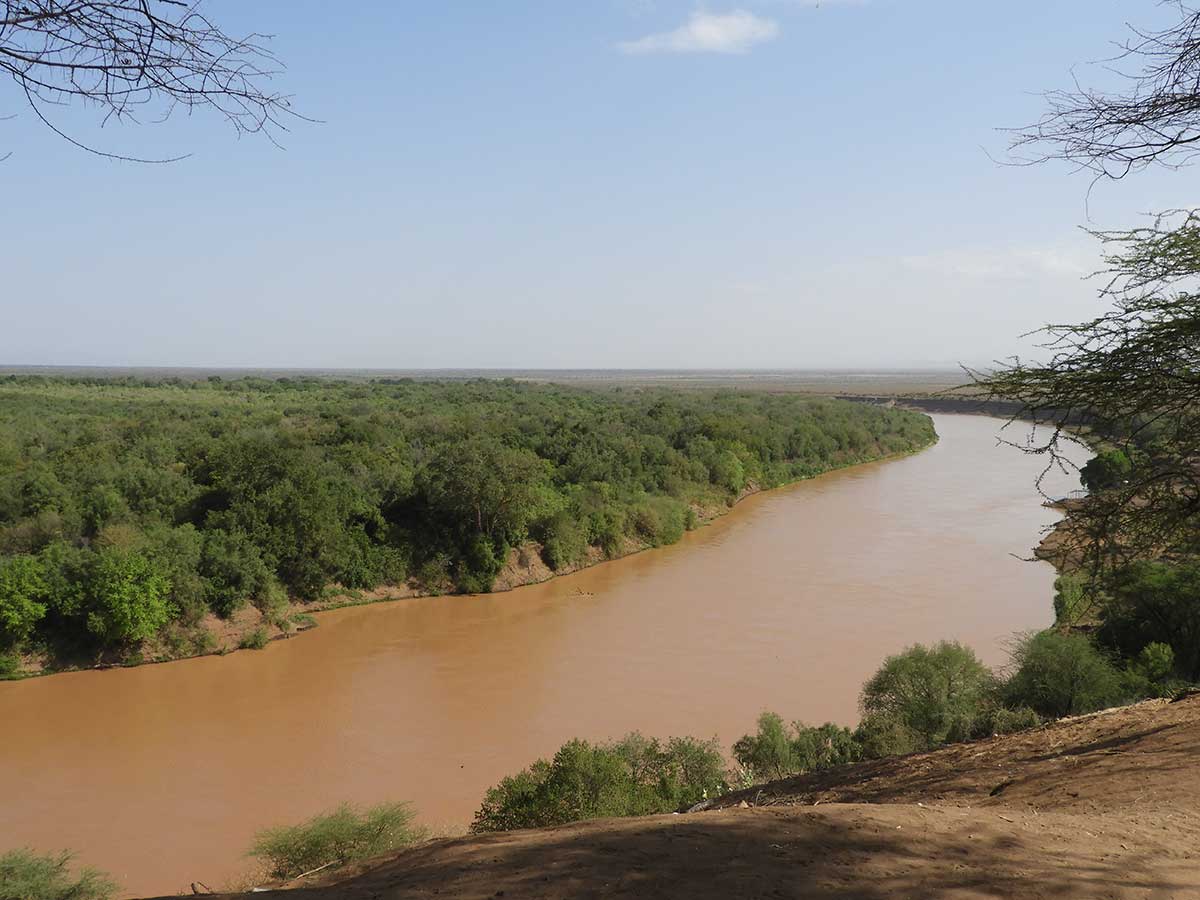Babille Elephant Sanctuary

The Babille Elephant sanctuary, which is located south of the town of Babille. The sanctuary is 6,982 square kilometers.
The Babille Elephant sanctuary, which is located south of the town of Babille. The sanctuary is 6,982 square kilometers (4,329 square miles), and it sits at an altitude of 1,000-1788 meters (3,280-5,865 feet). The sanctuary consists of semi-arid, open woodland and contains an unknown number of mammals, including black-maned lion, kudu, and wild ass. It was created for the protection of the endemic sub-species of the elephant, Loxodonta africana orleansi, which are a rare sight due to the fact that, aside from being small in number, they are shy and rarely expose themselves in the open. Babille is also home to the hot thermal springs, used to supply much of eastern Ethiopia with bottled mineral water.
Senkele Swayne’s Hartebeest Sanctuary

Fifty-four square kilimetere of savannah and wooded grassland that was established to protect its resident’s populations of Swayne’s heartebeest, one of Ethiopia’s endemic subspecies. The Sanctuary is also home to twelve other species of mammal including; Orbik, Bohor reedbuck and greater kudu and ninety one species of birds.
Yabello Sanctuary

Yabelo Sanctuary is situated 550kilometers south of Addis Ababa near the border with Kenya. It has a surface area of 5,000 square kilometers. This sanctuary has been created to protect the endemic red hartebeest (the large Ethiopian antelope). Grassy savannah with acacia and juniper forests provide refuge for the few hartebeests actually in the reserve.
Other typical savannah species can also be seen such as Zebras, greater and lesser Kudus, Grant’s gazelles and some predators. The very rare and endemic Prince Ruspoli’s turaco, which is in grave danger of extinction, can be seen in the juniper forests. Other endemic animals that can be observed are the White tailed swallow with a striking white breast and tail and the small Sressmann’s bush crow, which looks more like a Starling but has a curved, red break similar to a crow’s beak.
3) Kuni-Muktar Mountain Nyala Sanctuary Near the the settlement of Asbe Teferi on the road to Harrar the Kuni-Muktar Sanctuary lies about 350 Kilometers to the east of Addis Ababa. The habitat, situated between 1,800 and 3,000meters, includes two hills with tree-lined summits on which junipers, podocarpus and heathers are found. This sanctuary was founded to protect the endemic mountain nyala, although we can also find examples of another endemic species, Menilk’s bushbuck. Not allowed for visitors.
There are three hot springs, and the park is crossed by a number of rivers, all of which drain into the Omo. The important Mui River crosses the middle of the park. Much of the park is at 800m above sea level but the southern part by the Neruze river drops to 450m. The highest peak in the Maji Mountains is 1,541 m. The edges of the Omo River, which borders the park along its length to the east, are covered by close stands of tall trees.
Kuni-Muktar Mountain Nyala Sanctuary

Kuni-Muktar Mountain Nyala Sanctuary Near the the settlement of Asbe Teferi on the road to Harrar the Kuni-Muktar Sanctuary lies about 350 Kilometers to the east of Addis Ababa. The habitat, situated between 1,800 and 3,000meters, includes two hills with tree-lined summits on which junipers, podocarpus and heathers are found.
This sanctuary was founded to protect the endemic mountain nyala, although we can also find examples of another endemic species, Menilk’s bushbuck. Not allowed for visitors.